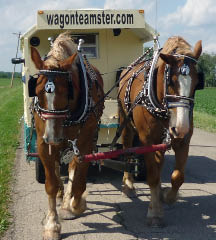|
On the plus side, cooling water is now being injected into all three damaged reactors and the spent fuel pools. On the negative side, water containing high levels of radioactive contamination is leaking out of the vessels and structures. This is causing high dose rates of radiation in the surrounding area, ground water, local area of the ocean and some local airborne contamination.
While this doesnít impose any direct problems for people living in the U.S.A., itís very hazardous for workers trying to control the situation. Also, in the future, Itís unlikely that people will be be able to live within several miles of the plant.
The best link to track whatís occurring in Japan is this one by the online encyclopedia Wikipedia.
External electrical power has now been restored to all of the units, but theyíre having a hard time tying it in to the plant, as the tsunami damaged switchgear used to distribute the power and motors used to operate pumps and valves. Radiation levels are extremely high in many of these areas making it difficult or impossible to access them.
The brave workers at the plant having been making superhuman efforts, even though many of them know that they will probably eventually succumb to radiation sickness.
The Tsunami that hit the plant was 45 feet tall. When the plant was designed, only an 18 feet tall tsunami was used for the design criteria. As such, the waves washed over the seawall and flooded the lower levels of the plant.
Iíll post an update later. Take care, Bob
|
